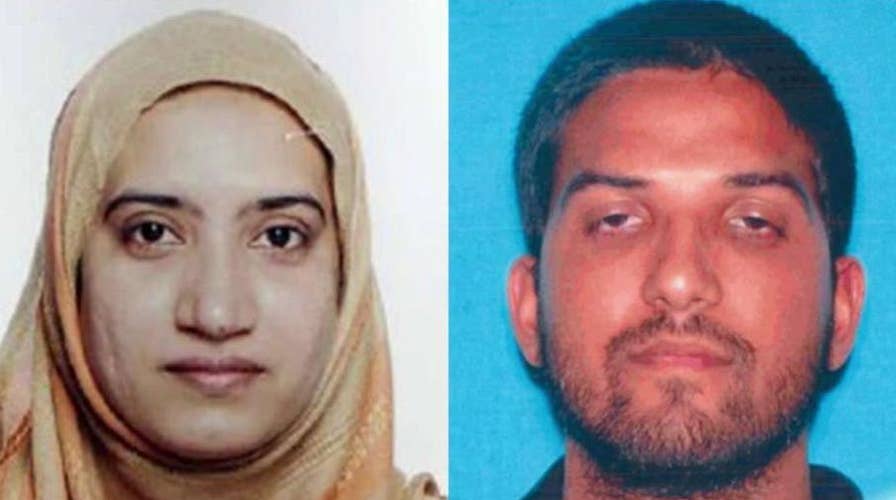Terrorist used little-known visa process to enter US
Questions raised about 'Fiance visa' that allowed Tasheen Malik into the US
The application file for San Bernardino shooter Tashfeen Malik’s fiancée visa reveals her American husband provided the U.S. government with minimal evidence to prove their relationship – yet it was good enough for immigration officials to approve her visa.
House Judiciary Committee Chairman Bob Goodlatte, R-Va., who alleged over the weekend that immigration officials “did not thoroughly vet” Malik’s application, publicly released that file on Tuesday.
The 21-page file includes the application form itself and just two sets of documents to prove Malik and American husband Syed Farook had met in person in the two years prior – which is a visa requirement.
The documents were:
- A statement from Farook saying they had first met in person in Mecca, Saudi Arabia, during the Hajj pilgrimage in 2013.
- Copies of their passport pages containing visas for Saudi Arabia and stamps.
The document seemed to back up Goodlatte’s assertion that the file was thin on evidence. Malik and Farook killed 14 people in the Dec. 2 terror attack.
“In order to obtain a fiancée visa, it is required to demonstrate proof that the U.S. citizen and foreign national have met in person,” Goodlatte said in a statement. “However, Malik’s immigration file does not show sufficient evidence for this requirement.”
He said “what is worse” is that the U.S. officials reviewing the application apparently requested more evidence to demonstrate they’d actually met “but it was never provided and her visa was approved anyway.”
He appeared to be referring to a line in the file that said the applicant needed to provide an English translation for the passport stamps – a translation that did not appear in the file. The committee noted Malik’s Saudi Arabia visa was good for 60 days, saying that casts doubt on claims they were in Saudi Arabia at the same time.
“And even if Farook and Malik met in Saudi Arabia, there is insufficient evidence in the file for USCIS to have made that determination,” the committee said in a statement.
Asked about the file and about Goodlatte’s claims, USCIS spokesman Joseph R. Holstead defended the handling of the case. “Tashfeen Malik was subjected to numerous background checks at all stages that the agency handled her case, and those background checks did not reveal any derogatory information about Malik,” he said in a statement.
Holstead said “all required procedures were followed” in processing her file before it was referred to the U.S. Embassy. Further, he said the file in question had “sufficient evidence to establish that she intended to marry Syed Farook and that the two were together in Saudi Arabia before the fiancée petition was filed.”
The most detailed information on their relationship could be found in the two-paragraph statement from Farook. It said they met online and, after weeks of emailing, decided to meet in person. Farook said Malik was visiting her parents in Saudi Arabia in October 2013, at the same time he and his parents were performing the Hajj pilgrimage.
So, according to the statement, their families met at the house of one of Malik’s relatives in Mecca.
He said “it is on this day that we got engaged.”
Farook wrote that he was providing visa and passport page copies to demonstrate the visit.
Last week, congressional lawmakers grilled FBI Director James Comey and other administration officials on the visa vetting process. Asked if Malik actually had an interview for the K-1 visa process, Comey said such an interview is required, but he didn’t know if one occurred.
Goodlatte said it’s “unacceptable” that the visa in this case was “sloppily approved,” and noted he’s working on a bill to strengthen visa processing.





